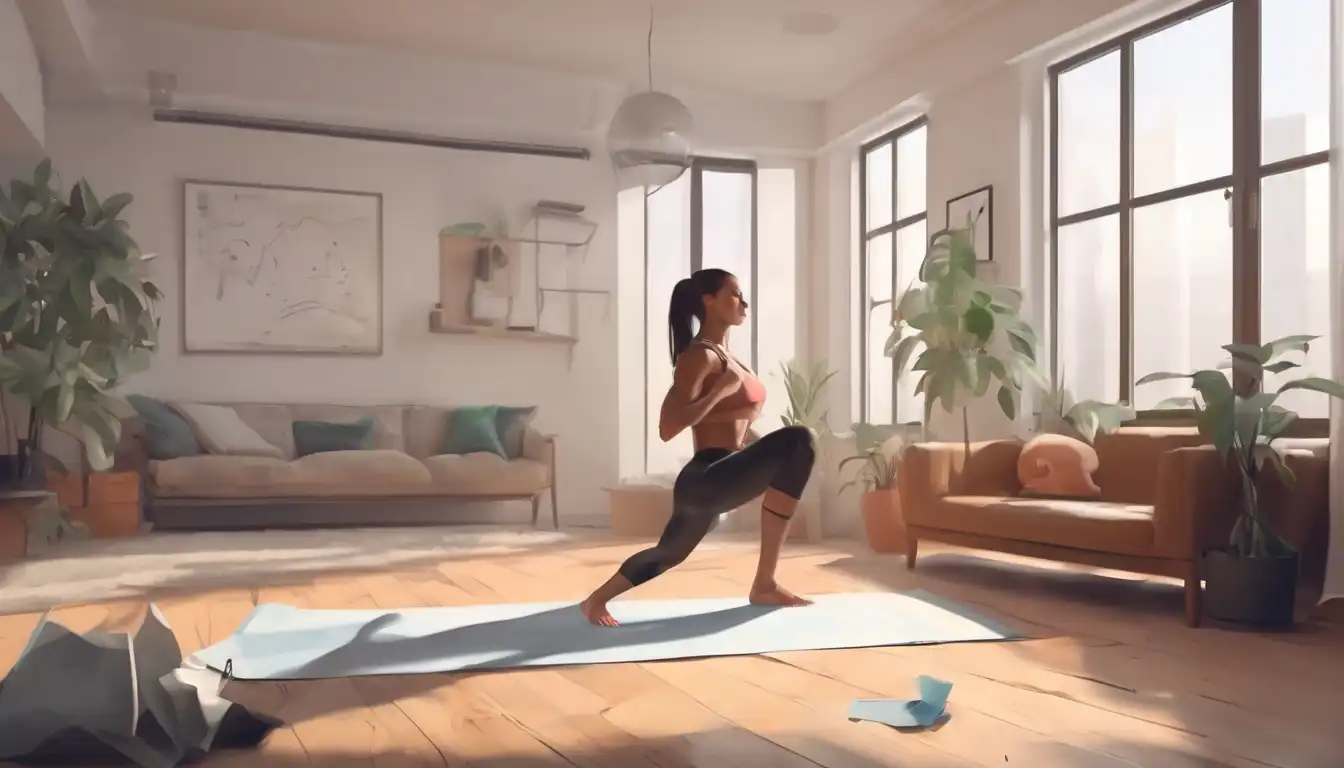Transform Your Fitness Journey with No-Equipment Home Workouts
In today's fast-paced world, finding time to hit the gym can be challenging. However, effective home workouts with no equipment needed offer a practical solution for maintaining fitness without expensive memberships or complicated gear. These bodyweight exercises leverage your own weight to build strength, improve cardiovascular health, and enhance flexibility—all from the comfort of your home.
Why Choose No-Equipment Workouts?
No-equipment workouts provide numerous advantages that make them ideal for beginners and experienced fitness enthusiasts alike. They eliminate common barriers to exercise, such as cost, time constraints, and space limitations. Research shows that bodyweight training can be just as effective as weightlifting for building muscle and burning calories. Plus, you can perform these exercises anywhere—whether you're traveling, at the office, or in a small apartment.
Another benefit is the reduced risk of injury. Without heavy weights, you're less likely to strain muscles or joints, making these workouts suitable for all fitness levels. For more insights on starting your fitness journey, check out our guide on beginner fitness tips.
Top No-Equipment Exercises for a Full-Body Workout
To maximize results, focus on compound movements that engage multiple muscle groups simultaneously. Here are some of the most effective no-equipment exercises:
- Push-Ups: Target your chest, shoulders, triceps, and core. Variations like incline or decline push-ups adjust difficulty.
- Squats: Work your quadriceps, hamstrings, glutes, and calves. For added intensity, try jump squats.
- Planks: Strengthen your entire core, including abs, obliques, and lower back. Hold for 30-60 seconds.
- Lunges: Improve lower-body strength and balance. Alternate legs for even development.
- Burpees: Combine strength and cardio for a high-intensity burn.
Incorporate these into a circuit by performing each exercise for 45 seconds, resting for 15 seconds, and repeating 3-4 times. This approach keeps your heart rate elevated, boosting calorie burn. Learn about structuring workouts in our home fitness routines article.
Creating a Balanced Weekly Routine
Consistency is key to seeing results. Aim for at least 150 minutes of moderate-intensity exercise per week, as recommended by health authorities. A sample schedule might include:
- Monday: Upper-body focus (push-ups, tricep dips, planks)
- Wednesday: Lower-body emphasis (squats, lunges, calf raises)
- Friday: Full-body circuit (burpees, mountain climbers, jumping jacks)
- Weekend: Active recovery like stretching or yoga
Adjust the intensity based on your fitness level. Beginners might start with 2-3 sessions weekly, while advanced individuals can add intervals or increase repetitions. Remember to include warm-ups and cool-downs to prevent injury. For recovery strategies, explore our post-workout recovery tips.
Maximizing Results with Proper Form and Nutrition
Even without equipment, technique matters. Poor form can lead to injuries and reduce effectiveness. Keep these pointers in mind:
- Maintain a neutral spine during exercises like planks and squats.
- Engage your core throughout movements to protect your back.
- Breathe steadily—exhale during exertion, inhale during relaxation.
Pair your workouts with a balanced diet rich in protein, complex carbs, and healthy fats. Hydration is equally important; drink water before, during, and after exercise. If you're new to fitness nutrition, our healthy eating basics can help.
Overcoming Common Challenges
Staying motivated without a gym environment can be tough. Set clear goals, track progress with a journal or app, and vary your routines to avoid boredom. Involve family or friends for accountability, or follow online videos for guidance. If you hit a plateau, increase intensity by reducing rest time or adding repetitions.
Weather or space constraints? No problem—these workouts require minimal room and can be done indoors. For small-space solutions, see our apartment workouts guide.
The Long-Term Benefits of No-Equipment Fitness
Regular no-equipment workouts contribute to weight management, improved mental health, and better sleep. They also enhance functional strength for daily activities like lifting groceries or climbing stairs. As you progress, you'll notice increased endurance and muscle tone without any financial investment.
Start slowly, listen to your body, and celebrate small victories. Whether you're aiming to lose weight, gain strength, or boost energy, these accessible exercises pave the way for a healthier lifestyle. For additional support, join our community through fitness challenges to stay inspired.
Embrace the simplicity of no-equipment home workouts today. With dedication and the right approach, you'll achieve your fitness goals efficiently and sustainably.
